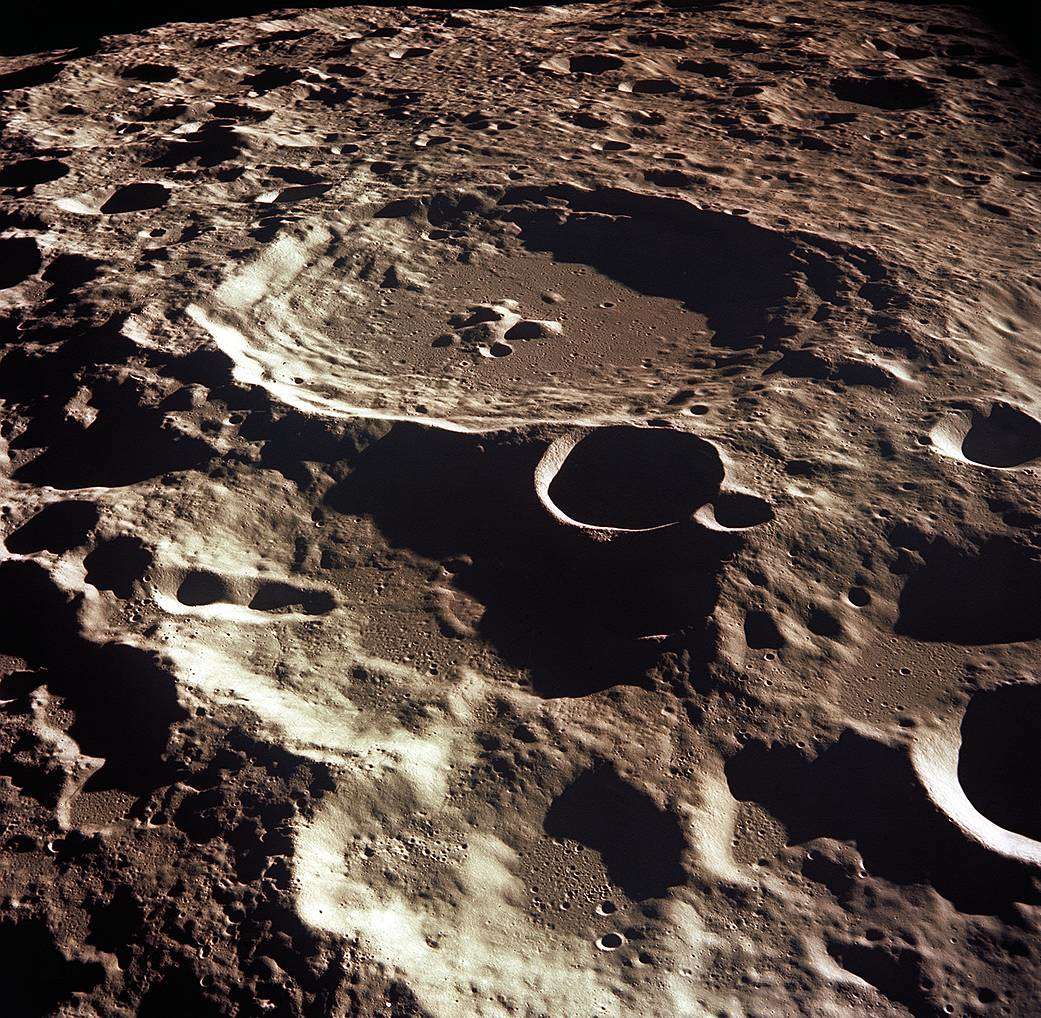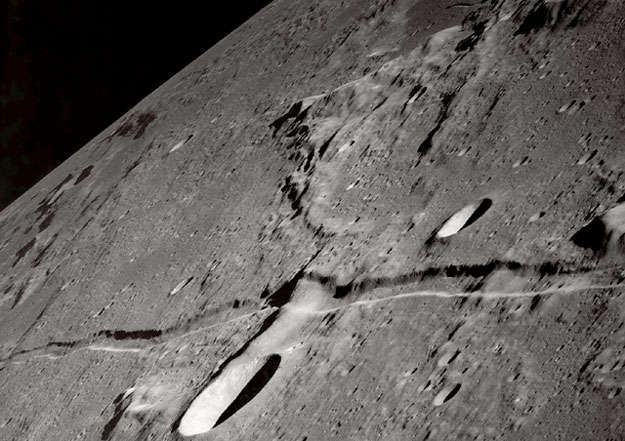Create a free profile to get unlimited access to exclusive videos, sweepstakes, and more!
AI could now tell us the most intriguing destinations on the Moon before we take off

Robots on the moon are nothing new, but a computer brain that can tell us what destinations are worth exploring certainly is.
What if astronauts who finally land on the Moon for the first time since the Apollo era have a bot that can tell them exactly where to go so they don’t have to agonize over it themselves? Same for mission control handling an unmanned lunar orbiter or rover. Now scientists from King Abdullah University of Science & Technology (KAUST) have developed a deep learning AI that they were able to train using telescope images. Siyuan Chen, who led a study recently published in Applied Energy, created this tech with his research team at KAUST.
“The biggest training challenge we faced for lunar feature exploration was the data insufficiency problem,” he told SYFY WIRE. “There is no existing dataset that maps rilles on the lunar surface. Therefore, the first thing we did was construct the dataset on our own. It is the first high-quality dataset that maps both lunar craters and rilles for energy resources.”
Because it can check out all the craters and rilles (canyon-like features that look like cracks on the face of the Moon from far away), this bot will be able to scope out all the hotspots. It will also find energy resources like uranium and the helium isotope He-3, because no one wants heavy propellant on their payload, especially if the Moon is used as a way station to Mars in the future. Chen’s team used the transfer learning method to get the bot thinking. Transfer learning is exactly what it sounds like, transferring previous knowledge from one machine to another. The new AI will already have insights that would have otherwise needed hours of training.
By pre-training the model with the dataset of rilles they created, the team was able to see what else was needed before finessing that data further for the AI to understand and identify. They also solved more accuracy problems with a framework called high-resoution-moon-net. Dual independent networks, one for seeking out craters and one for rilles, make up this hi-res system. They share the same network structure that allows them to identify both craters and rilles at once and save time that would otherwise be spent painstakingly searching for them.
“High-resolution-moon-net can be fed with images containing different kinds of features,” Chen said. “Technically, an image would go through a deep residual network which contains multiple up-sampling, down-sampling, and feature maps fusion, and the network would output a mask of the desired lunar feature.”
The reason rilles are so highly sought after for energy resources is because of ancient lunar volcanism. Lava tubes on the Moon, which may eventually be explored by soft robots or even used for habitats, are visible evidence of this. Rilles are thought to be the result of the erosion of lava that flowed across the surface billions of years ago, and lava (at least on Earth) is a prime source of He-3, one of the naturally occurring isotopes of helium. He-3 is believed to have oozed out of Earth’s mantle in that lava. The same thing probably happened on the Moon.
Rare on Earth but common on the Moon, He-3 could possibly power spacecraft with nuclear fusion. In this process, lighter atomic nuclei fuse to form a heavier nucleus as they release energy. This phenomenon happens naturally in stars that fuse hydrogen into helium. It is also free of radioactive sludge, which is the last thing we would want to pollute space with. Nuclear fusion between He-3 and deuterium in a reactor that would create fuel helium and extra protons. It would minimize energy waste and cancel out dangerous radiation.
Lunar craters are also potential mines for He-3 because some of them might have been caused by solar wind, which carried the isotope over there. That is at least one positive of having a thin atmosphere through that allows intense radiation in.
“We believe that our Ai can be applied in the feature detection of energy reservoirs on the Moon for future Artemis missions,” said Chen. “More data can be obtained for the reservoir information than that on the lunar surface.”



























